Decca

History
Stockbroker Edward Lewis founded British record label ‘Decca Records’ in 1929. The name ‘Decca’ originates from a portable gramophone by the name ‘Decca Dulcephone’ which was produced by Barnett Samuel and `Sons. Edward Lewis bought it in 1929 and renamed it as ‘Decca Gramophone’.
The Decca US wing was launched in 1934 and in 1942 the started trading their stock at the New York Stock Exchange. During the second World War the American and British Decca labels grew apart and became separate organisations until 1998 when US Decca bought UK Decca. Today they both lie under the Universal Music Group umbrella.
John Culshaw was employed by Decca in 1946 as a junior but eventually got promoted to senior recording producer. He revolutionised the recording process and his skills and techniques helped Decca become one of the major labels in the industry.
In 1948, Columbia Records launched the LP (long playing) record, which allowed users to play up to 30 minutes of on-going music without interruption. This was a major breakthrough because its predecessor only allowed up to 5 minutes of listening time. Decca started selling LP’s in 1949.
The first LP’s were mono and were received with much enthusiasm due to their superior sound quality. They gave Decca a competitive advantage over rival EMI that continued using the old version for years to come.
1958 saw a new era in the records business with the launch of the stereo LP. This allowed for an even higher sound quality and again put Decca ahead of its competitors.
In the late 1970s, Decca developed its own digital recording system and used it master its classical musical releases to LP’s and CD’s. This system was used until the late 1990s.
In present times Decca is involved in the development of new multi-channel and high-resolution recordings.
Classification of Decca Records (English Pressings)
As mentioned in the history section above, there are two different types of LPs: mono and stereo.
Mono LPs - LXT series
At Decca, mono LPs fall into two series: the LXT2000 and the LXT5000 series. The LXT2000 series, which is the earliest, runs from LXT2501 up to LXT2999, and the LXT5000 series, the latest of the two, runs from LXT5000 to LXT5685.
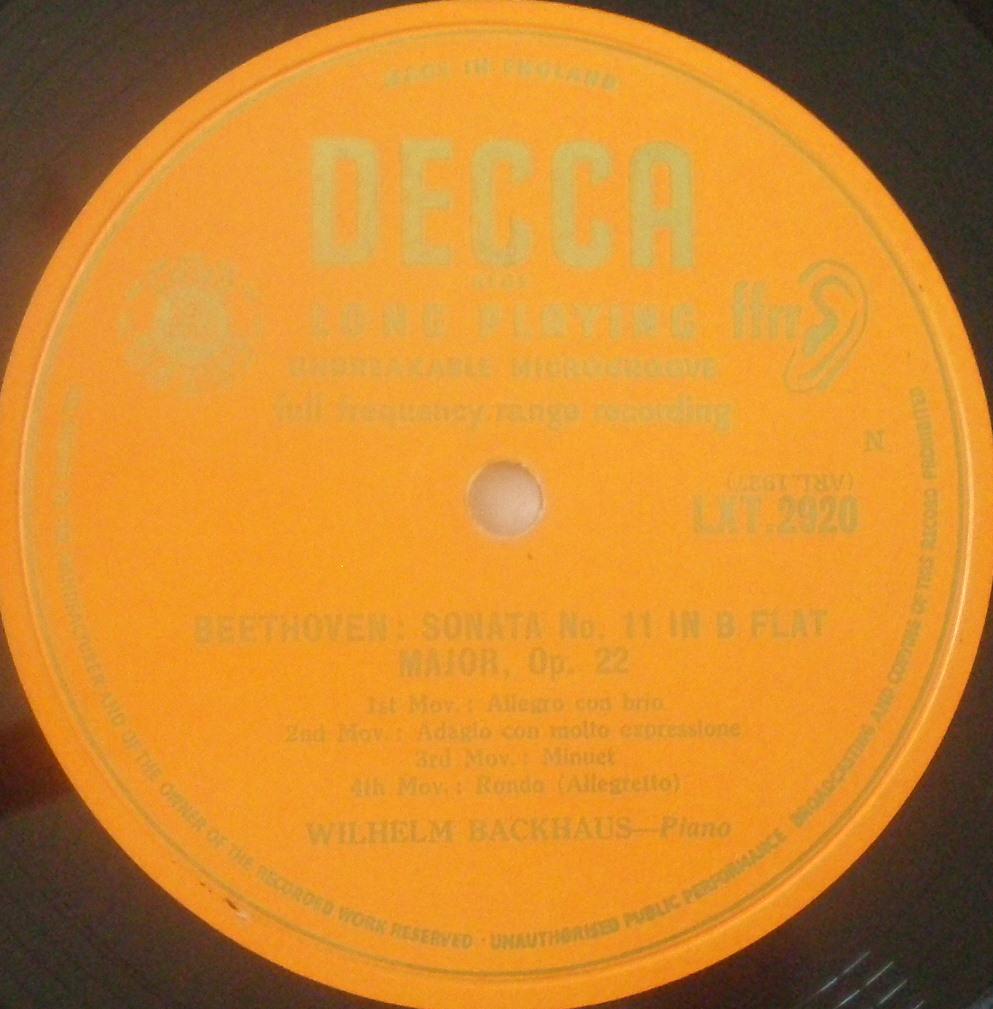 |
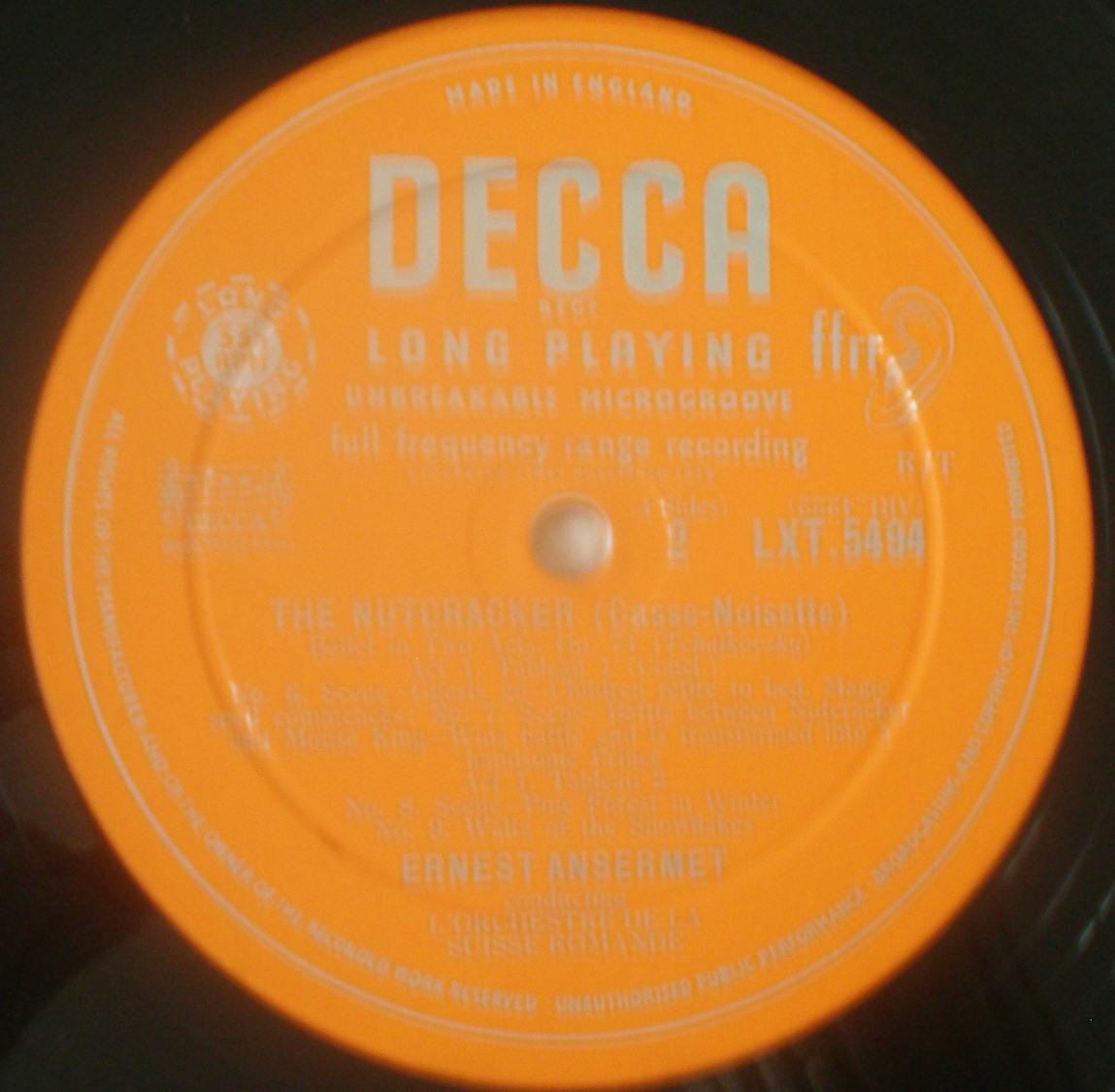 |
|
This record belongs to the LXT2000 series and can be easily recognised due to its orange label with gold writing. |
This record belongs to the LXT5000 series and can be easily recognised due to its orange label with silver writing. |
Stereo LPs - SXL series
Stereo LPs are known as the SXL series and can be split into the SXL2000 series and the SXL6000 series.
The SXL2000 is the earlier series and runs from SXL2001 to SXL2316. It comes in 5 different labels: ED1, ED2, ED3, ED4 and ED5.
SXL6000 is the later series and runs from SXL6000 to SXL6921. It also comes in 5 different labels: ED1, ED2, ED3, ED4 and ED5.
Here are a few examples from both series:
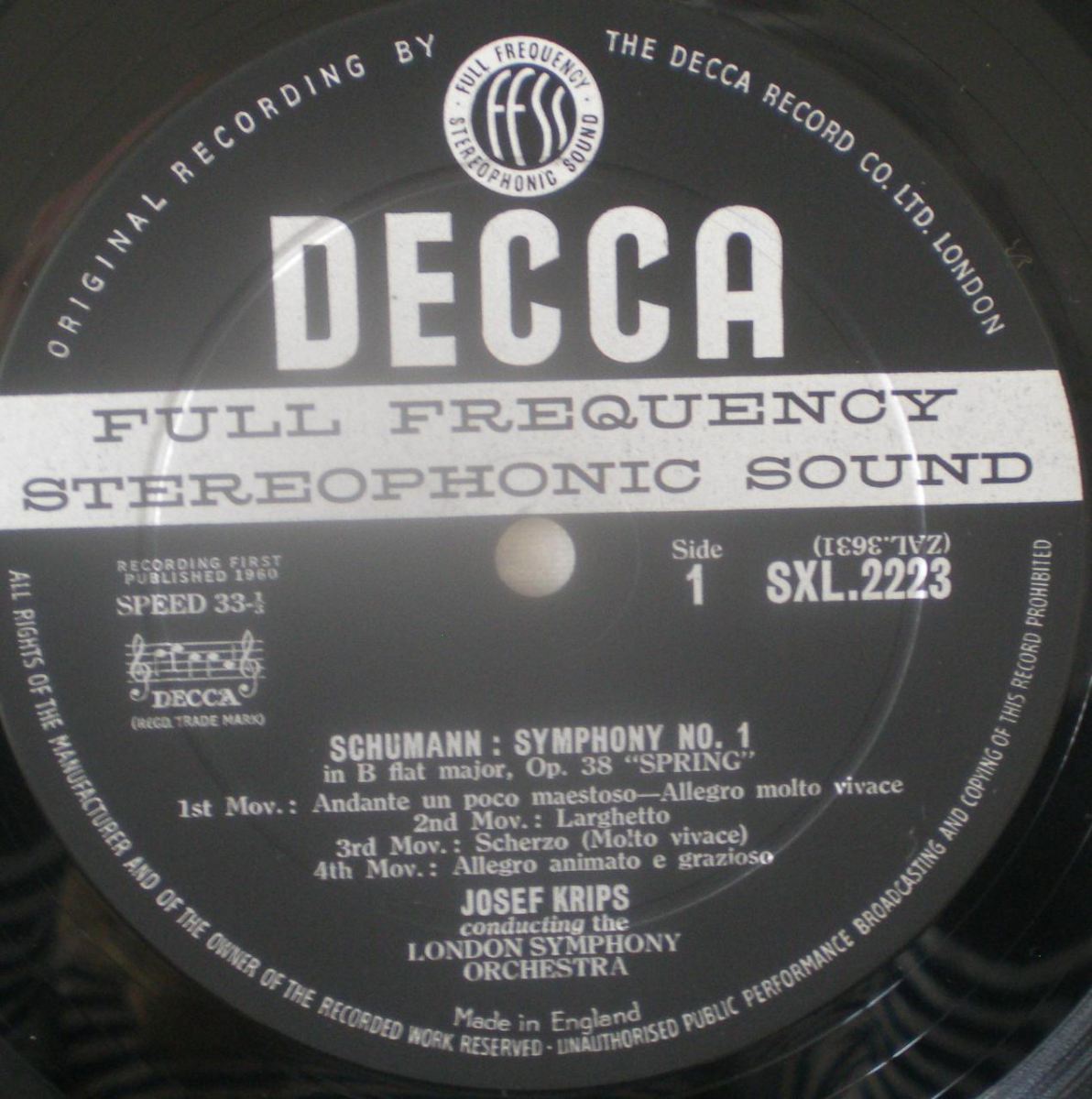 |
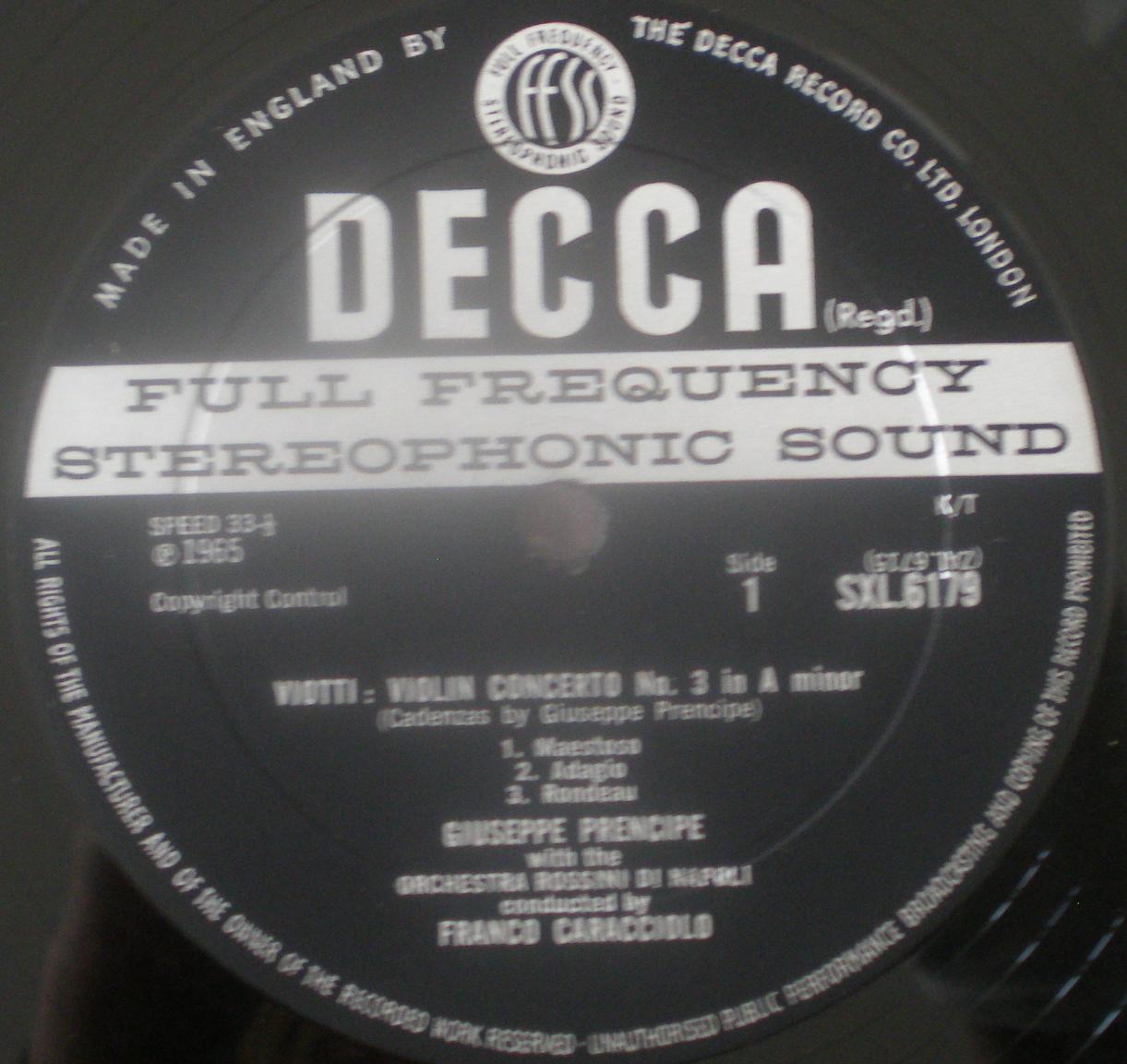 |
|
This record is an example of an ED1 from the SXL2000 series. It can be easily recognised due to the words 'Original Recording by...' written around the rim. All ED1 records have a wide band which can be seen just under the label name 'Decca'. ED1 records are generally the most valuable and saught after. |
This record is an example of an ED2 from the SXL6000 series. The only difference between an ED1 and an ED2 is that the words 'Original Recording by...' written around the rim have been replaced by the words 'Made in England...'. ED2 records also have a wide band and generally the same sound quality as an ED1. |
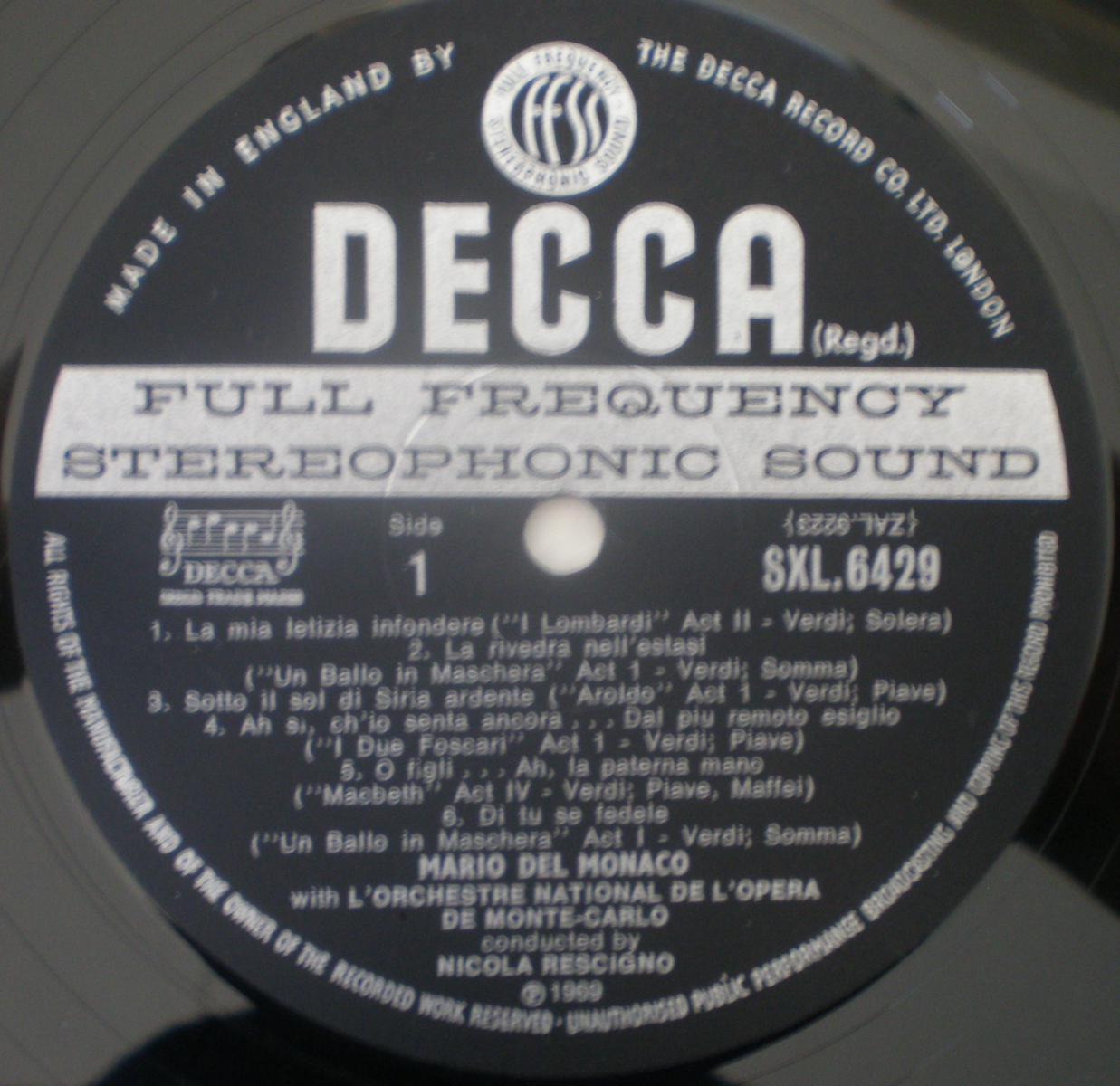 |
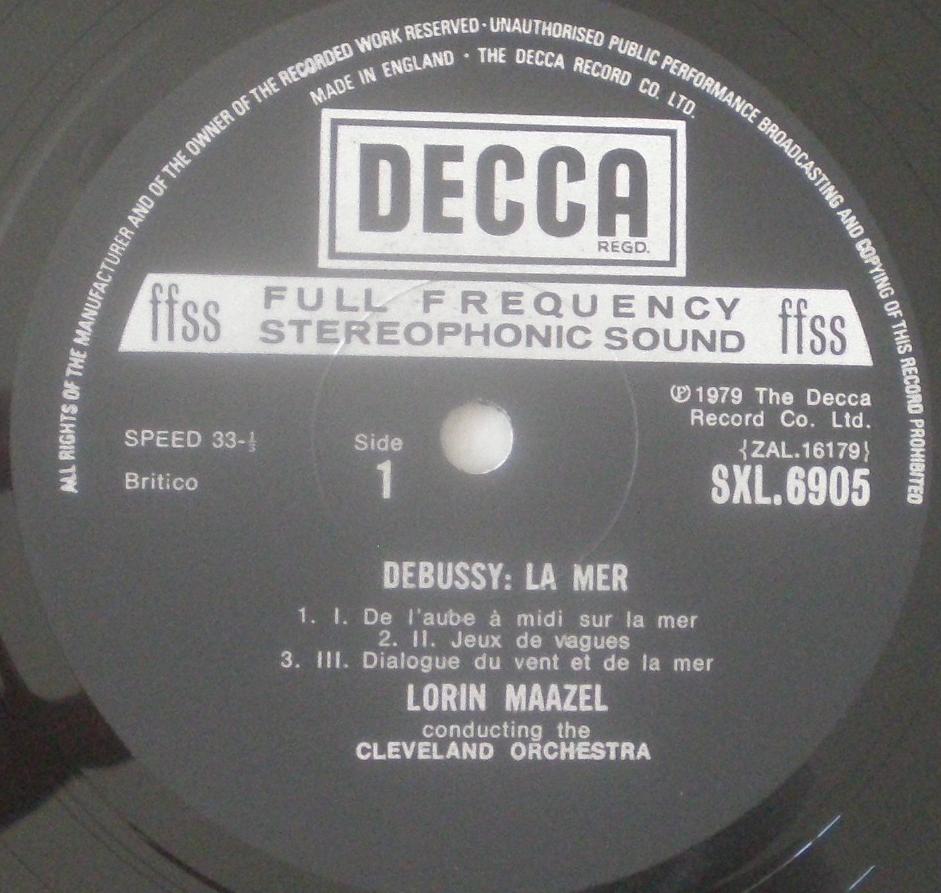 |
|
This record is an example of an ED2 from the SXL6000 series. The difference between an ED3 record and the earlier versions is the lack of a groove. |
This record is an example of an ED4 from the SXL6000 series. All records in this series after SXL6448 are ED4's. All ED4 records have a narrow band and the 'Decca' label in a box above the band. These records have a Dutch pressing, as opposed to their predecessors which have an English pressing, and are generally less valuable. |
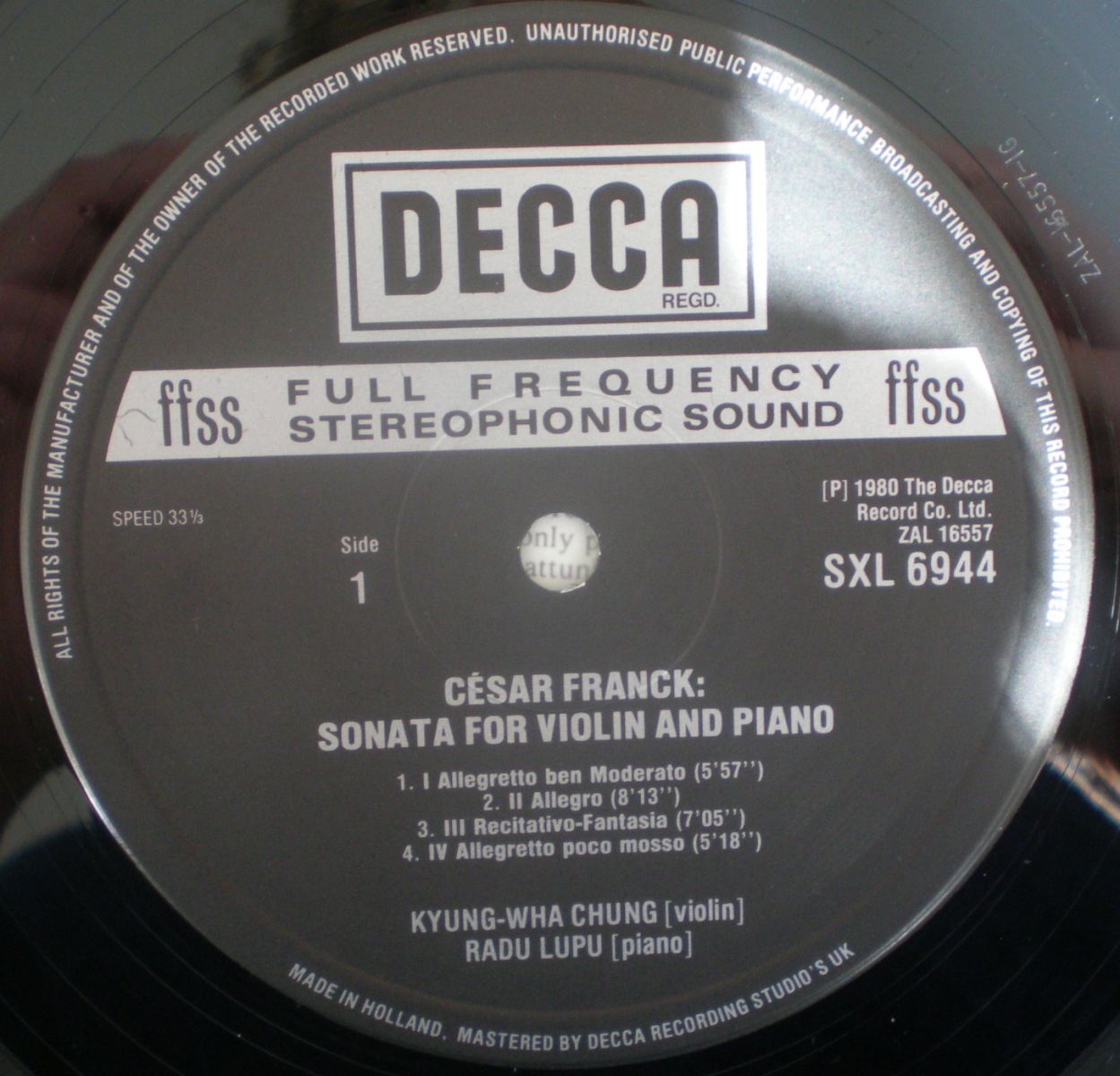 |
|
|
This record is an example of an ED5 from the SXL6000 series. All records in this series after SXL6932 are ED5's. The ED5 label is very similar to that of an ED4 so it's easy to mistake one for the other. One way of distinguishing them is the 'Made in Holland' writing at the bottom of the ED5 which ED4s don't always have. All ED5s have a Dutch pressing. |
|
In general, records belonging to the SXL series are more valuable than records from the LXT series, early stereo records being more sought after by collectors. The exceptions are records that only come in the mono LXT version.